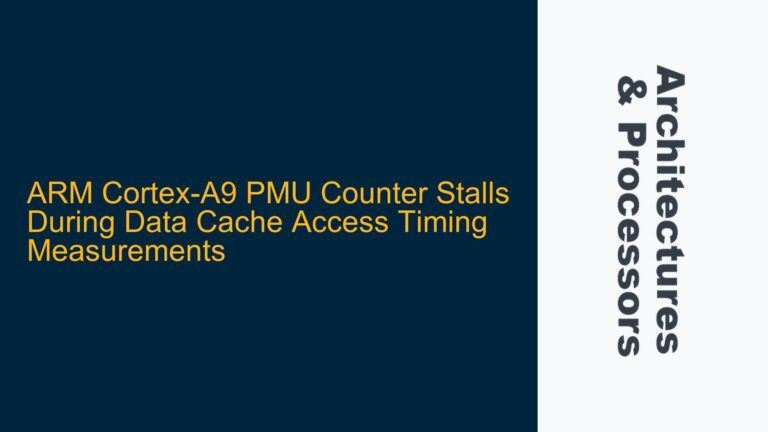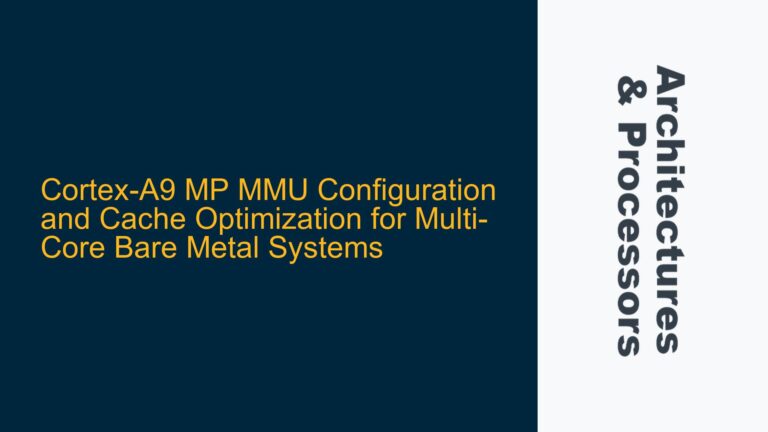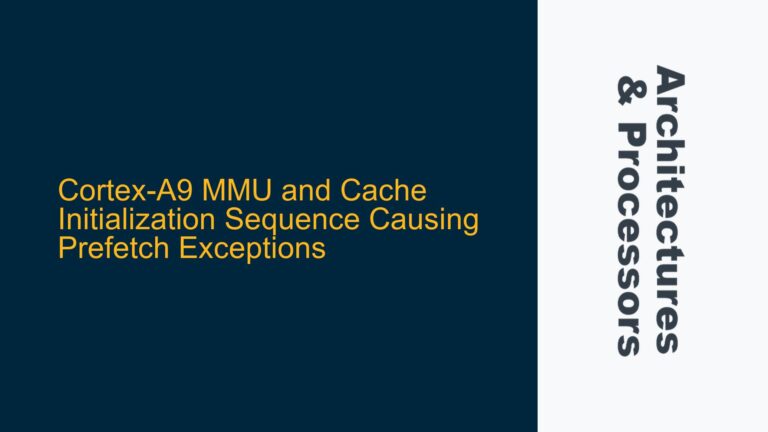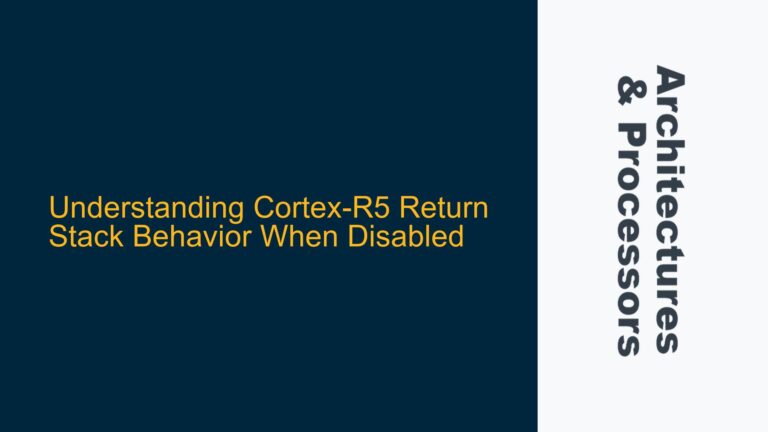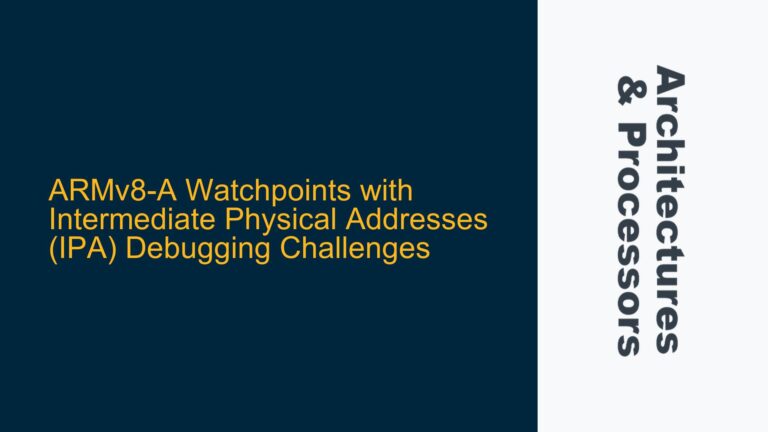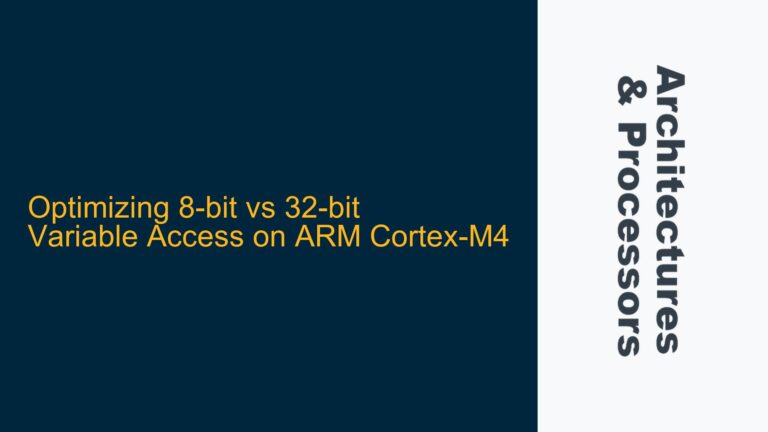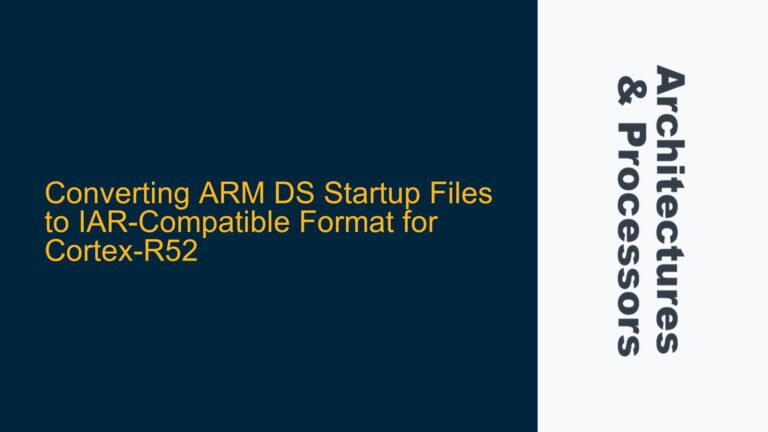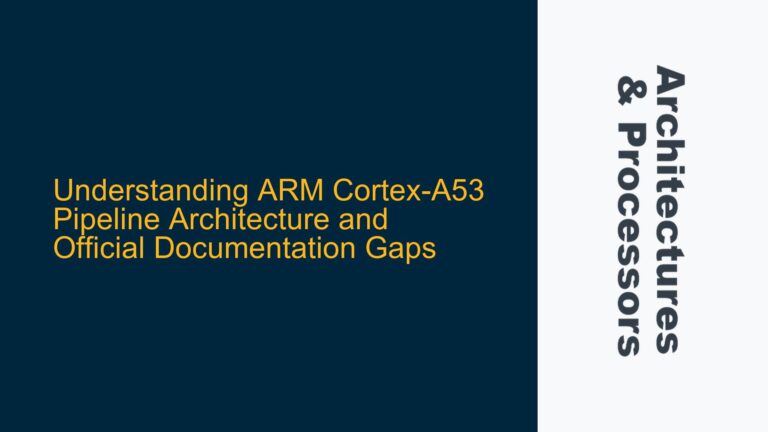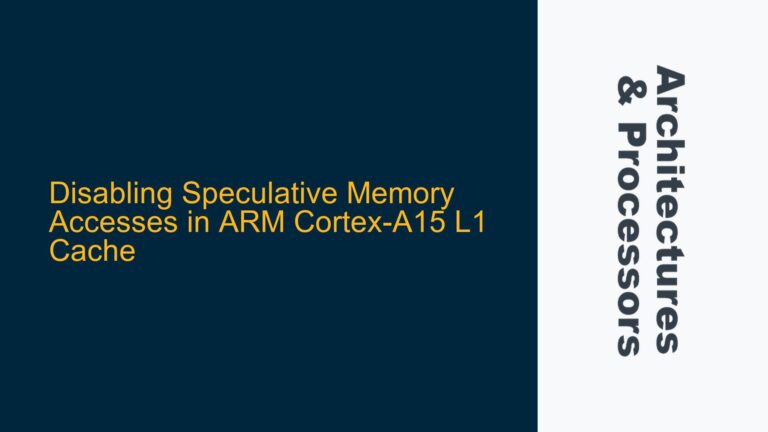ARM Cortex-A9 PMU Counter Stalls During Data Cache Access Timing Measurements
ARM Cortex-A9 PMU Counter Stalls During Data Cache Access Timing Measurements The Performance Monitor Unit (PMU) in ARM Cortex-A9 processors is a powerful tool for profiling and analyzing system performance. However, when attempting to measure data cache access times using the PMU, users may encounter unexpected behavior where the PMU counter appears to stall or…
